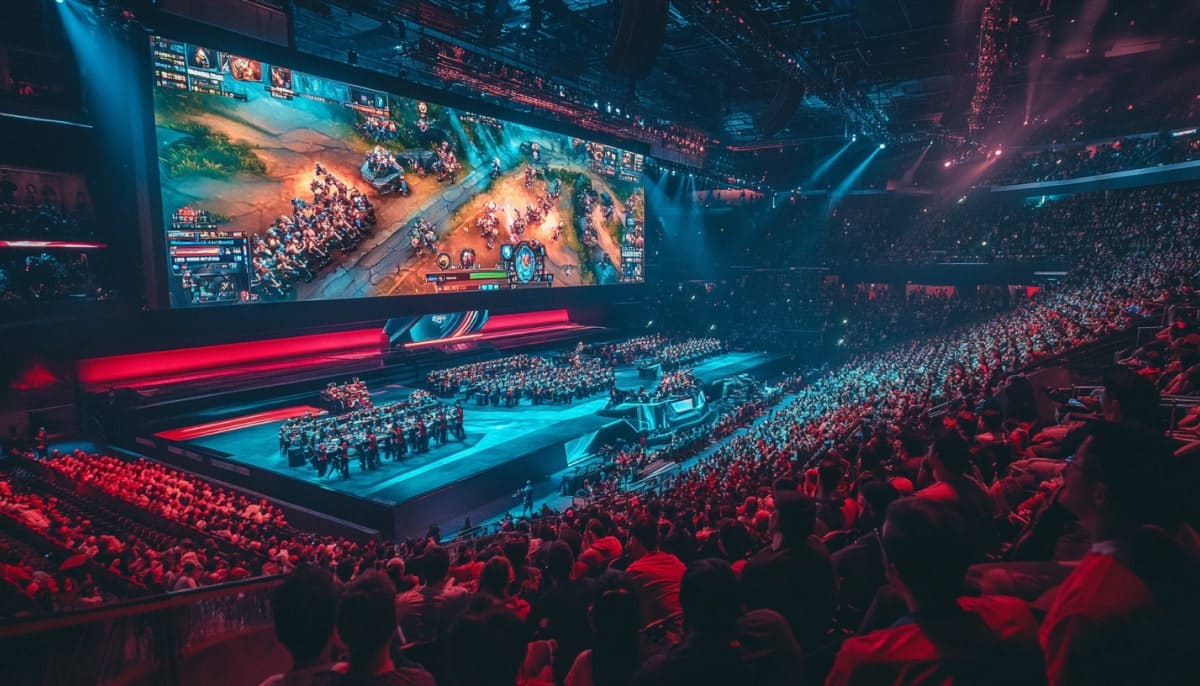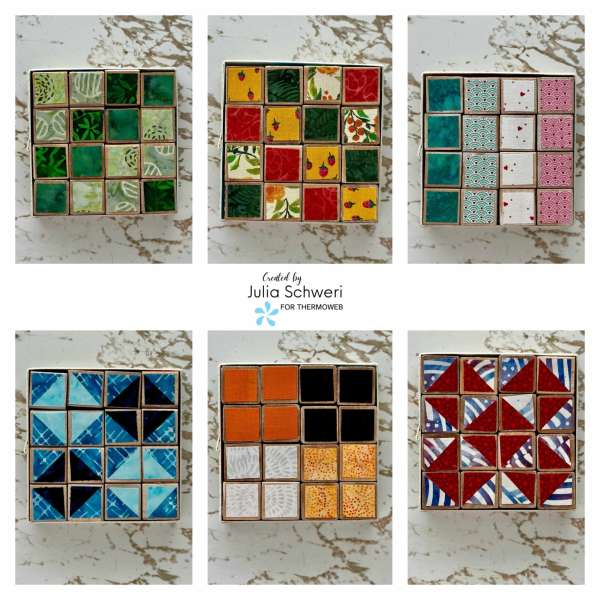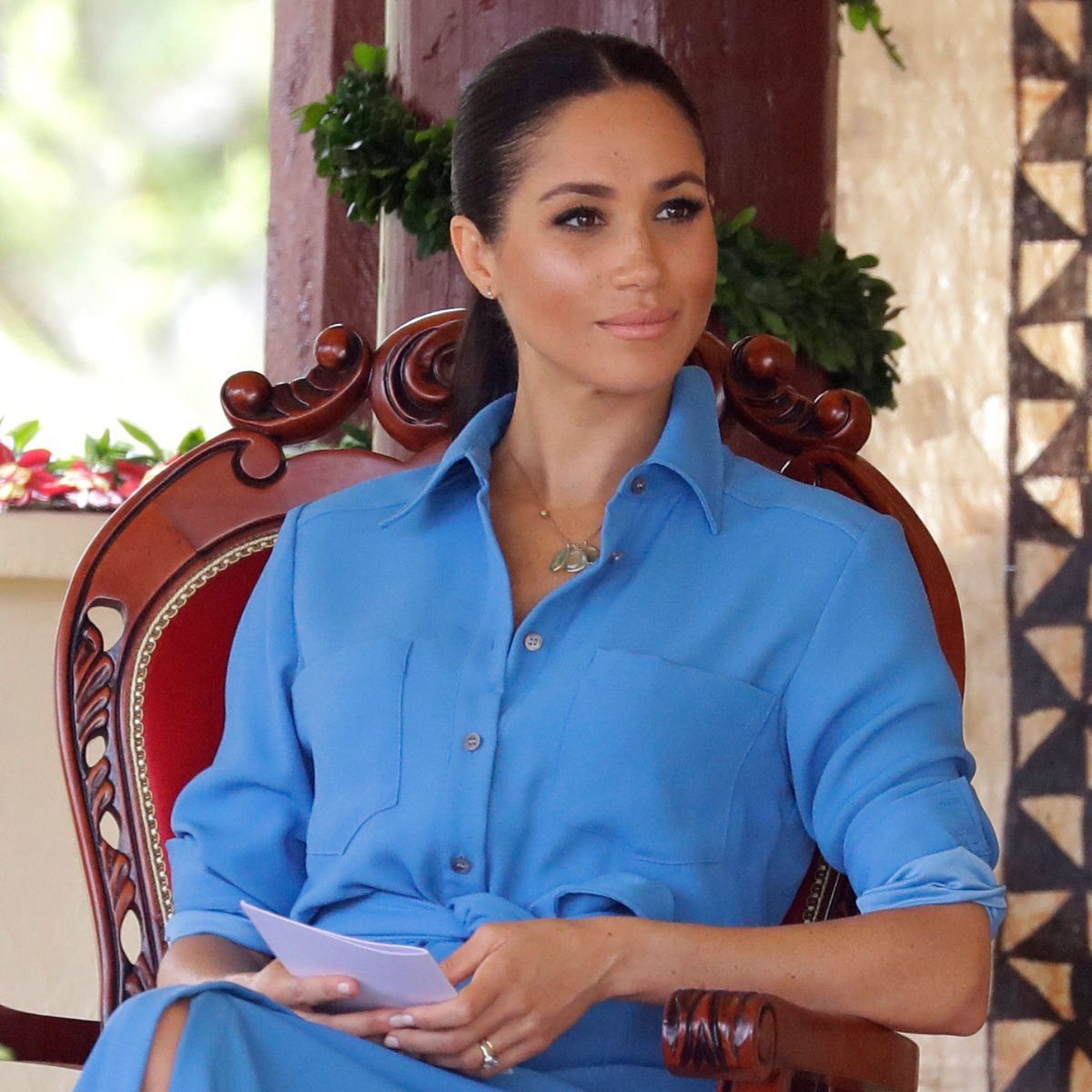Ghost of Yotei Director Reveals Efforts to Respectfully Portray the Ainu Indigenous People of Japan
The Ghost of Yotei developers have emphasized their commitment to portraying feudal Japan in a respectful way, this time focusing on the efforts they made to represent the culture of the Ainu.


In a new entry on Sony’s official PlayStation blog, Sucker Punch Productions' co-creative director Nate Fox shared more insight into the research trips the Ghost of Yotei team took to Japan. Following on from his previous PlayStation blog contribution (more on that here), Fox yet again emphasized the team’s commitment to portraying feudal Japan in a respectful way, this time focusing on the efforts they made to represent the culture of the Ainu.
The Ainu are an indigenous people from north Japan, especially Japan’s northernmost main island of Hokkaido, which provides Ghost of Yotei’s setting. Their language, culture, beliefs, and traditions are distinctly different from the Yamato (also known as Wajin), the main ethnic group that makes up the overwhelming majority of Japan’s population today.
Ghost of Yotei is set at a pivotal point in the history — 1603 was the year the Tokugawa Shogunate was formed by Tokugawa Ieyasu, one of Japan’s great unifiers, putting an end to decades of civil war. Edo (now Tokyo) became Japan’s center of power, ushering in the peaceful Edo period in which Japan’s culture and society blossomed. However, at this time, Hokkaido was still a wild, sparsely populated island home to the Ainu, its formidable winter snow and rugged landscape making it a tough place to live.
“When setting a game in Hokkaido we knew a crucial element was doing our best to represent Ainu culture in a respectful way,” Nate Fox explained. “Thankfully we’d connected with an Ainu cultural adviser before setting out on our reference gathering trip.” Not only that, but they were invited by the adviser to meet her family, which led to the Ghost of Yotei team getting to forage for vegetables in the mountains. “It was a lovely way to make new friends and start our journey in learning about Ainu culture. That night we resolved to put foraging into our new game, we wanted players to be able to share (our) experience.”
According to Fox, the Ghost of Yotei team spent part of their research gathering trip in Oshima Peninsula, the southern part of Hokkaido that is closest to Japan’s main island of Honshu. In the 1600s, this was the domain of Matsumae clan, who would be given exclusive rights by the Tokugawa government to trade with the Ainu living further north. Fox observed that there are signs even today of how the mainland Japanese people of this time rarely lived any further north of Oshima. There is a “proliferation of cherry trees on the peninsula, brought there from Honshu, yet uncommon in the rest of the island. That really told the story of how sparsely settled Hokkaido was in 1603 by the Wajin people,” he noted.
“We’ve tried to mimic that quality in the game, leaning into areas of wilderness between homesteads.” This rugged wilderness will provide a backdrop for protagonist Atsu’s quest to take revenge on those who killed her family.
Fox and the team also went to the Nibutani Ainu Museum with their Ainu cultural adviser. Traditional Ainu houses (called cise) differ from traditional Japanese houses. The museum trip “really helped us get a sense for sorts of objects we’d see in the game and how they were used.”
We can get a glimpse of the inside of an Ainu house, with its large central hearth, in Ghost of Yotei’s official release date trailer (around the 2-minute mark). The woman protagonist Atsu is talking to in this scene seems to be Ainu, as she has a lip tattoo. This symbol of beauty for the Ainu would later be cracked down on by the Japanese government in the late 1800s, after it had fully annexed Hokkaido (source: Embassy of Japan in the UK). By then, measures to force Ainu to abandon their language and culture and integrate into Japanese society were in full swing.
(As a side note, J.K Goodrich’s 1888 account of Ainu houses paints a first-hand picture of the contrast, and complicated relations between the Ainu and Japanese at this time.)
Fox also touched on the time that the Ghost of Yotei team spent learning about Edo period Japan, which took them to Nikko Toshogu, one of the shrines in Japan dedicated to the unifying shogun Tokugawa Ieyasu, who kickstarted the Edo period. “While there we obtained a blessing for the game from the enshrined deity, Tokugawa Ieyasu,” Fox explained, adding that they proudly display the ema (wooden plaque) and omamori (protective charm) that they obtained from Nikko Toshogu at the studio as reminders of their trip.
Reflecting on the research trip, Fox explained that “while our version of Hokkaido is fictional, the feeling of authenticity we strive to create has roots in those real world experiences.” It will be interesting to see how Ghost of Yotei portrays the contrast between the Wajin/Edo culture, and that of the Ainu.
Verity Townsend is a Japan-based freelance writer who previously served as editor, contributor and translator for the game news site Automaton West. She has also written about Japanese culture and movies for various publications.






























































![nqz "I would be lying if I said I don't [feel pressure]. It was so different for me to see all those people and be in a Major playoffs"](https://img-cdn.hltv.org/gallerypicture/kAkShxXB96gCZmlpU-ivfH.jpg?auto=compress&ixlib=java-2.1.0&m=/m.png&mw=107&mx=20&my=474&q=75&w=800&s=935037b04cd96d3e70935ccfb24c348e#)


![[UPDATE] Confused Nintendo Fans Spot Giant Metroid Prime 4: Beyond Advert Stating That the Game Is 'Out Now' — Sparking Hopes of an Imminent Release](https://assets-prd.ignimgs.com/2025/06/20/pxl-20250620-103943003-1750416263852.jpg?#)

































































































































































































